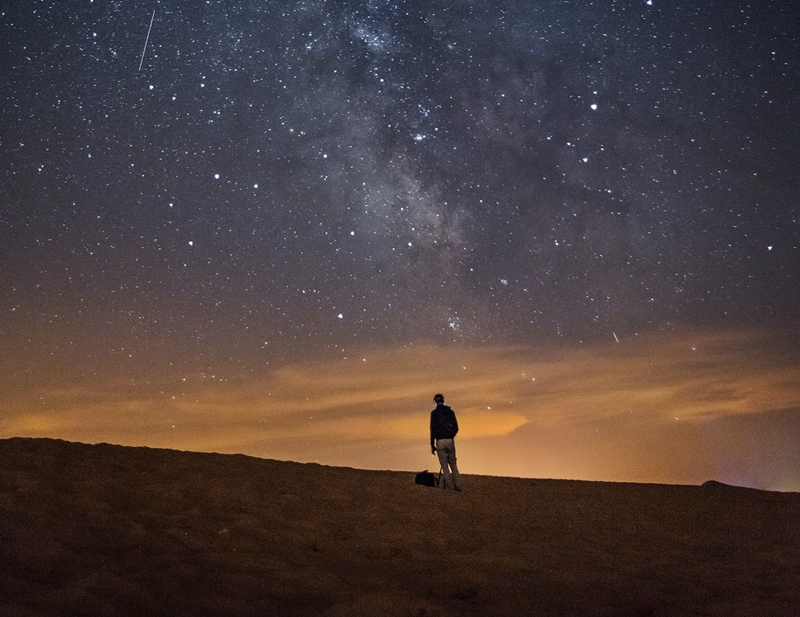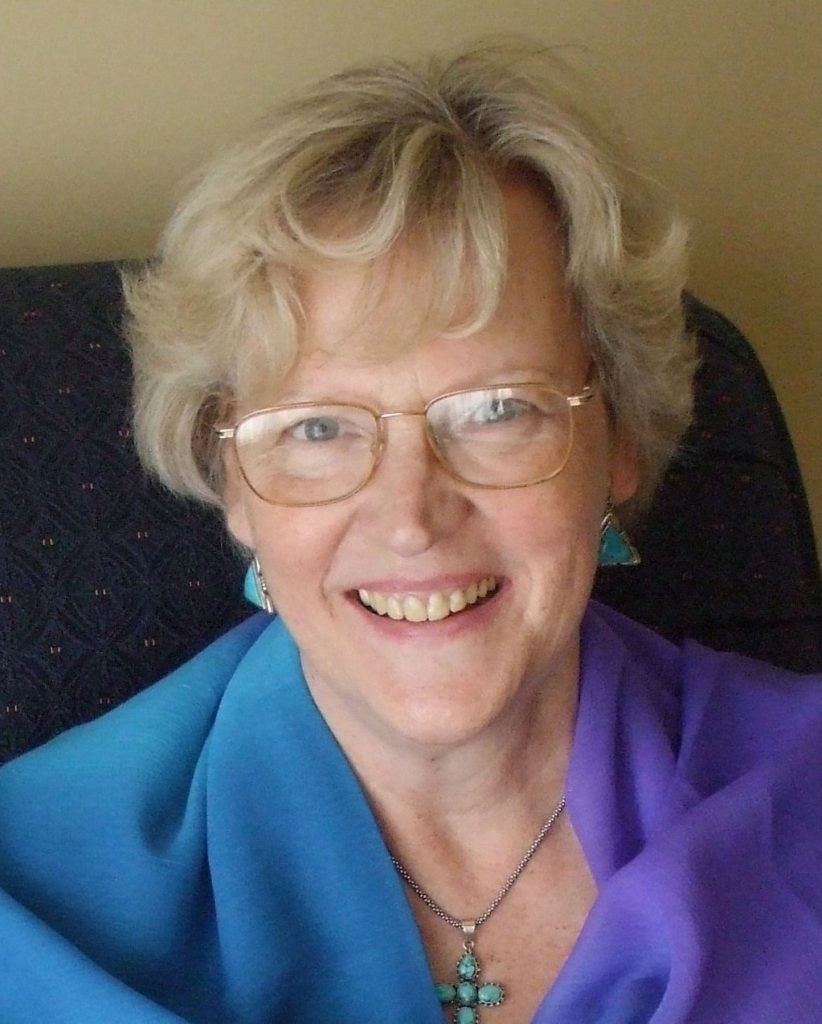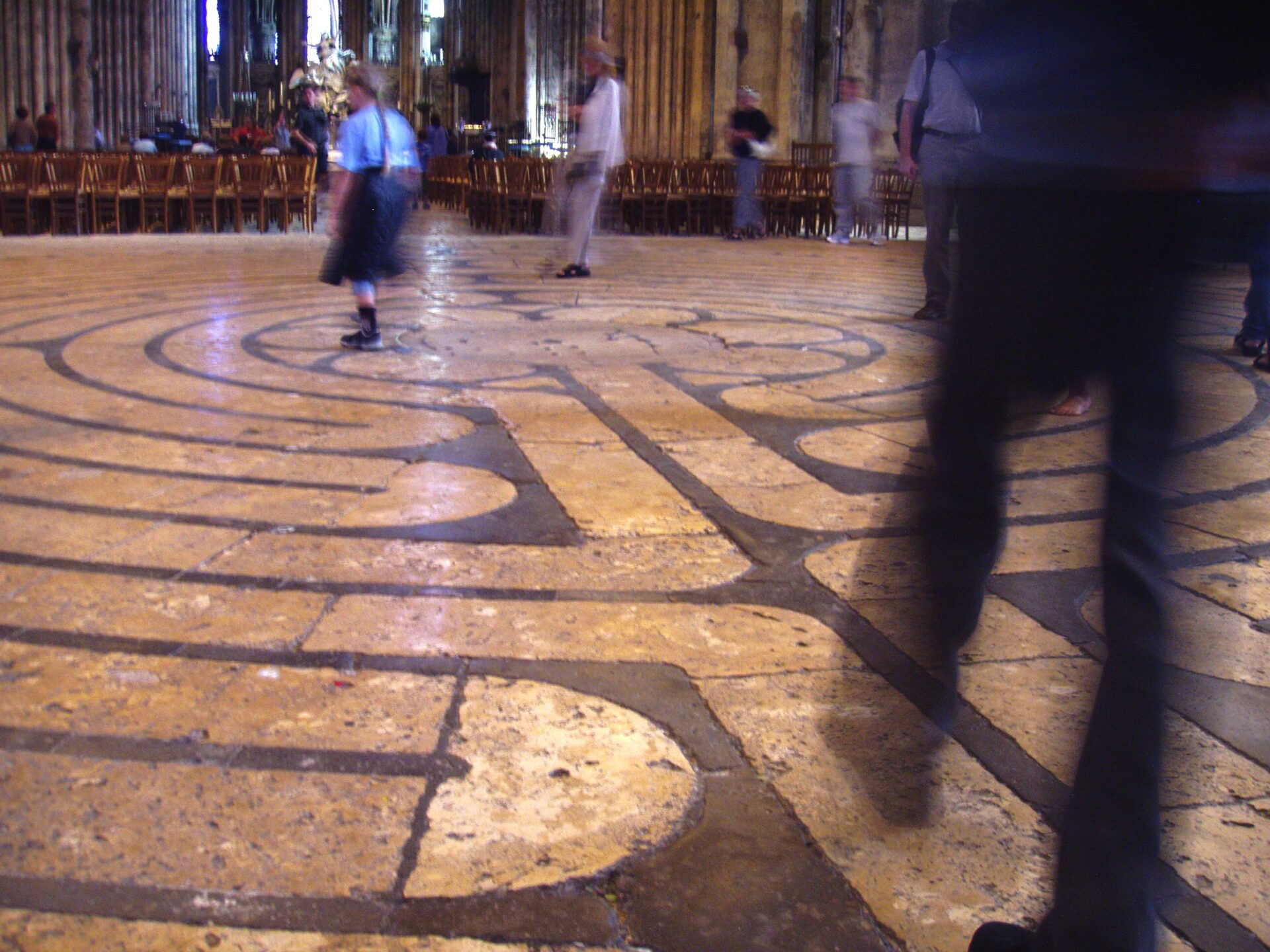Meister Eckhart, a 14th century mystic, goes further than the early Christians by expressing the thought, that we can have true knowledge of God and even achieve perfect union with God already in this life, because “there is something in the soul that is closely related to God that is one with him and not just united……It is an oneness and a pure union.” St Teresa of Avila talked in the Interior Castle about the seventh dwelling place of the spiritual marriage as a permanent state of union beyond rapture. Modern mystics talk of Unity Consciousness.
As we have seen, similarity with the Divine has always been accepted within Christianity – the soul as a mirror of God – but total identity has often been disputed. Yet we hear in the ‘Gospel of Thomas’: “Whoever drinks from my mouth will become like me; I myself shall become that person, and the hidden things will be revealed to that person.” Awareness of the underlying unity of Reality and the interconnected of all humanity and creation with the Divine Energy and Consciousness is also Jesus’ prayer for us in his final discourse to the disciples: “But it is not for these alone that I pray, but for those also who through their words put their faith in me; may they all be one: as thou, Father, art in me, and I in thee, so also may they be in us….I in them and thou in me, may they be perfectly one.”(John 17, 20) When we remember our true identity we ‘know’ and ‘see’ on an intuitive level, then we see ‘eye to eye’: “The eye in which I see God is the same eye in which God sees me. My eye and God’s eye are one eye and one seeing, one knowing and one loving.” (Meister Eckhart)
Is it communion or true union? Bede Griffiths explains it beautifully: “there is no doubt that the individual loses all sense of separation from the One and experiences a total unity, but that does not mean that the individual no longer exists. Just as every element in nature is a unique reflection of the one Reality, so every human being is a unique centre of consciousness in the universal consciousness.” (Bede Griffiths ‘The Marriage of East and West’) We become truly conscious of the beauty of our eternal self during certain transitory moments, when we let go off our surface self. We need to move to this deeper centre of our perception: “We must not look, but must, as it were, close our eyes and exchange our faculty of vision for another. We must awaken this faculty which everyone possesses, but few people ever use.” (Plotinus, 2nd century philosopher and mystic*) We will not become aware of who we truly are, our eternal heritage, unless we learn to use these two different levels of our consciousness.
But that is the first step, the second is how to reconcile these two ways of being: “Then after that rest in the Divine, when I have come down from Intellect to discursive reasoning, I am puzzled how I ever came down.” (Plotinus Ennead 4.8.1) We may feel strangers in the world after a deep experience like that and yet we have to integrate these experiences into ordinary life. How do we do this? Evagrius and Plotinus gave the same advice, namely the practice of the virtues, which means purifying the emotions by letting go of ego driven desires, and most importantly contemplation.
These two disciplines help to maintain the connection between the mystical experiences and everyday life.
*Plotinus greatly influenced the early Church Fathers as well as later St Augustine, Dante, Meister Eckhart, Henri Bergson and T.S.Eliot.





